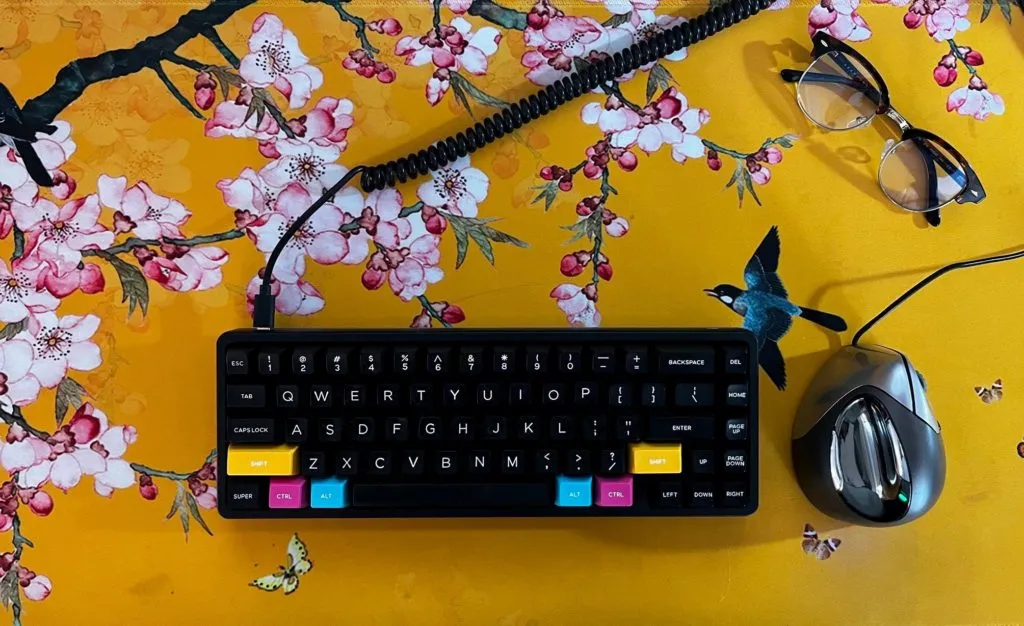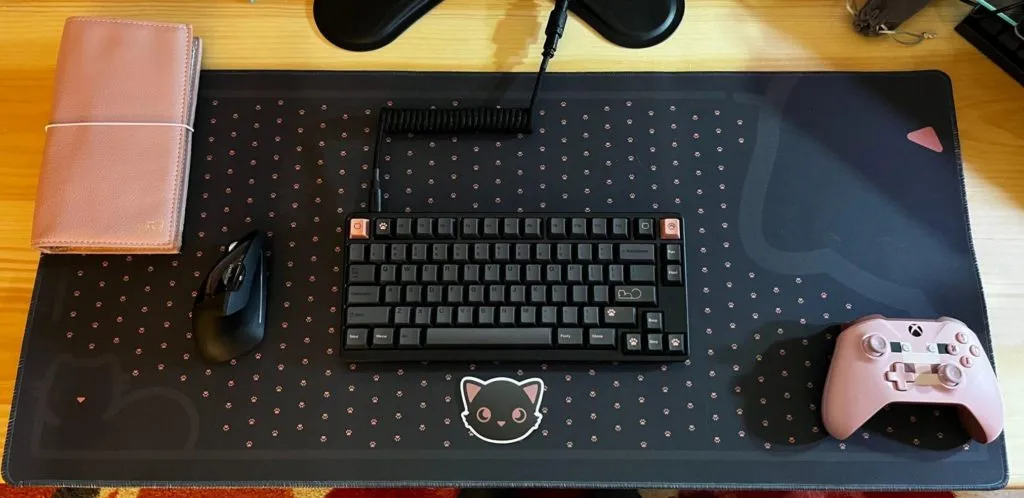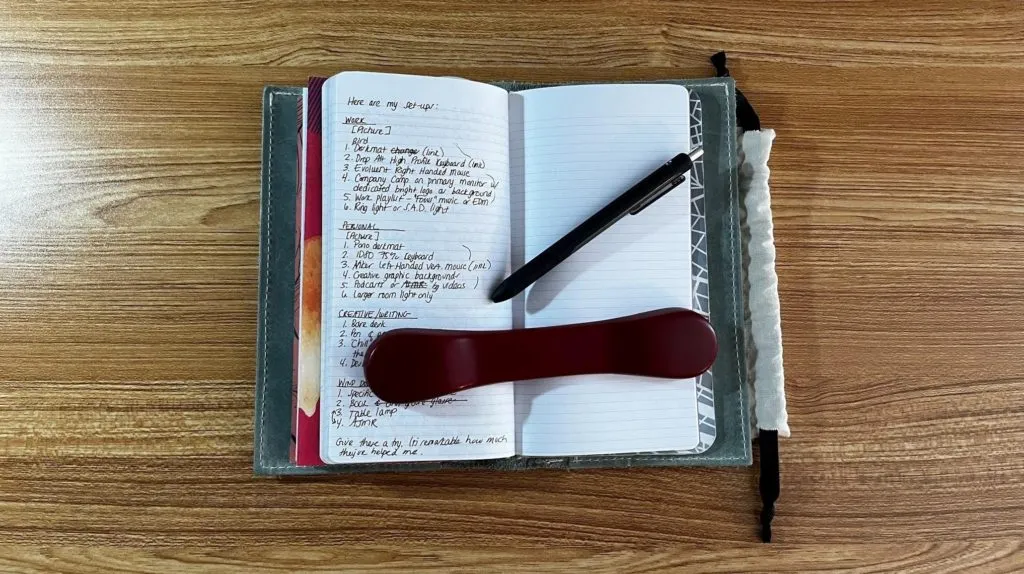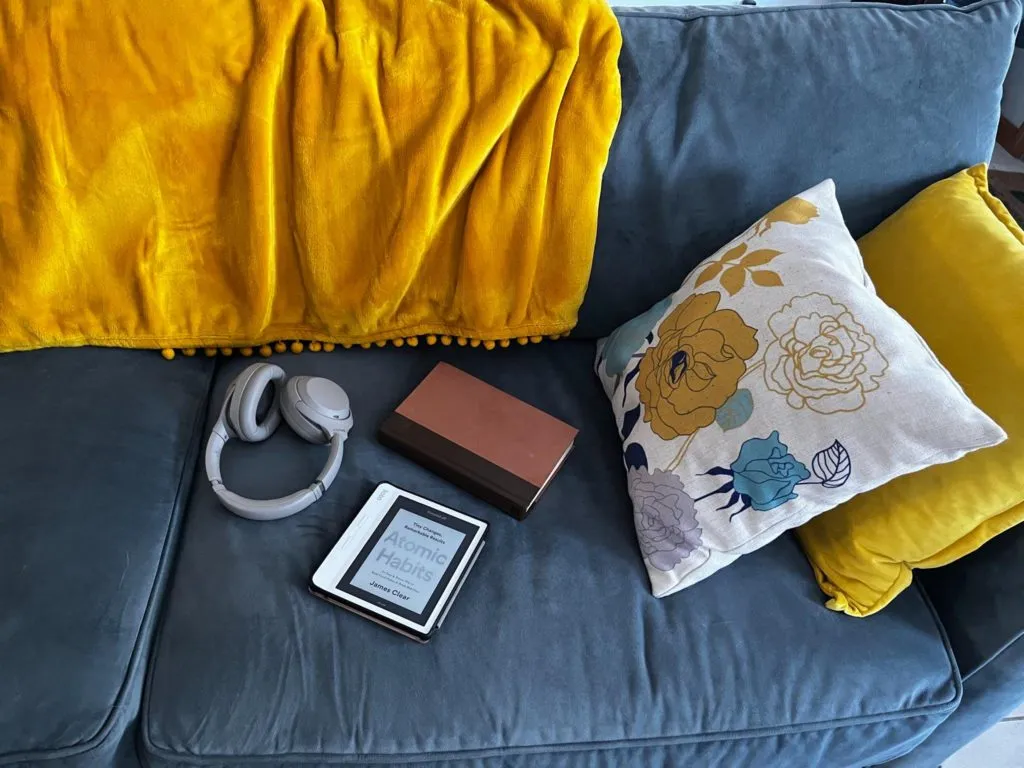Focus when working from home - digital environments
How to focus when working from home...or when trying to study...or when trying to be creative...or when attempting to keep separation between work and personal life. I've addressed this using what I call "digital environments."
Inspiration
This topic has been on my mind a lot lately given how many people, including myself, have begun full time remote work. I've also been thinking a lot about James Clear's Atomic Habits 1 , which discusses changing environments to help with habit building. This mingled together with some other tidbits that I've been mulling over:
- Cal Newport's recommendations in his excellent books (Deep Work, So Good They Can't Ignore You, both of which I highly recommend) on forming rituals to signify changes or trigger/conclude sessions of deep work;
- The increasing amount of people who have difficulty working from home because they can't separate work from personal life, or struggle with doing so;
- As someone recently diagnosed with a "classic, textbook case" of ADHD, learning that environmental cues can really trick my brain into focusing and performing at its peak capacity;
- Various books by authors (such as Stephen King's On Writing) that discuss having a place and time dedicated to writing in order for your muse to find you;
- How I used to have no issue switching my brain into "work mode" when I would enter a physical workplace because that was a work dedicated environment;
- Recommendations from sleep experts that say the only activities one should conduct in one's bedroom would be sleep and intimacy because your brain begins to associate the environment with other activities.
I have no idea if this has been discussed before, but I thought: digital environment changes might be an excellent way to help people focus when working from home, working remotely, studying, or performing other tasks.
Theory: Digital Environments
My idea is simple: change a number of small cues in your environment that directly correspond to certain activities - and don't allow them to overlap. I tested this theory and approach with four specific activities or phases by creating new "digital environments" for myself within the space of my office, which is where I spend most of my day during and after working hours, as well as on the weekend. I chose work, relaxing, creativity, and winding down for bed as my "activities", and I used the following environmental cues to do so:
- Playing certain music for each activity;
- Changing my desk mat;
- Switching my active computer wallpaper / desktop;
- Utilizing different lighting;
- Changing my keyboard and mouse.
By changing these small cues - some of them physical and some of them digital - my theory was that I could trick my brain into associating those environmental changes as completely new or distinct environments, similar to how when I would enter my former physical workplace I would think, "Work time," or when I would enter my bedroom, "Sleep time," and when I concluded my work day, "Work is over until tomorrow."
At the start of each activity or phase of my day, setting up that activity's digital environment alongside its physical environment changes was a visual reminder of which task at hand I needed to be focusing on. It also serves as a good starting "ritual" - the motions hit my mental cue to begin that task or phase.
Conversely, at the end of the phase or activity, putting away that activity's accoutrements and digital environment became a shut-down ritual and a reminder that I was shifting into the next part of my day.
I tested this theory for several months and I have to say that this habit change has been a resounding success and gone a very long way toward encouraging me to stay focused during work, underscoring a healthy work/life balance with my remote job since I'm able to completely mentally separate and turn off "work mode," and has encouraged creativity when I decide to write or sketch, etc.
I've linked what I use for my setups below in case anyone is curious as to where I sourced some of this, though you could very likely create the same impact with items you already own. Let me know if you give this a try or do something similar, because I'm curious about what others have done.
My Digital Environments
Work

Work setup
- Work playlist that consists of "Focus" themed music or EDM (example 1; example 2)
- Bright yellow desk mat (link)
- Company computer on primary desktop with dedicated bright blue logo as background
- Ring light and/or S.A.D. light during the winter
- Drop Alt Keyboard with SA keycaps combined with Evoluent Right Handed Vertical Mouse
Personal

Personal setup
- Podcasts or random background videos
- Pono Pitter Patter deskmat
- Creative graphic desktops/backgrounds with work computer blacked out (put to sleep)
- Larger room light only - globe floor lamp
- Idobao ID80 75% keyboard with Pono keycaps combined with Anker left handed vertical mouse
Creative

Creative setup with task light and bare desk
- "Chill" music or something that matches the genre/vibe that I'm writing (example 1; example 2)
- Bare desk
- No need for graphic desktop changes with bare desk - no distractions
- Task light
- Pen and paper; I prefer to write/draw traditionally
Wind Down for Bed

Wind down for bed "setup"
- ASMR with noise canceling headphones (I use Sony because I like the equalizer customization)
- Couch in our den
- No screens whatsoever; just reading a book (currently rereading Anne McCaffrey's Ireta books)
- Table lamps nearby with warm LEDs; no other lighting
- Just a book, whether a physical book or on a dedicated e-ink screen eReader. I prefer Kobo Libra (when you "purchase" books with Kindle, you don't actually get to keep those books. Amazon considers you to be "licensing" them, which I find to be utter horse-pucky. So I prefer other eReaders where you can actually own your files. I've owned a Kindle, Sony, Nook, and Kobo - Kobo is the best in my opinion.)
For other information on my office and desk set up - or King Bacon's desk setup - you can check out these articles:
- My Vivo Stand Up Desk Review
- King Bacon's Vivo Corner Stand Up Desk Review
- Cable Management for Stand Up Desks
I don't serve ads on this site but I do use affiliate links to help pay for hosting. Please consider helping out by using them. More info here in the disclosure. Cheers!↩